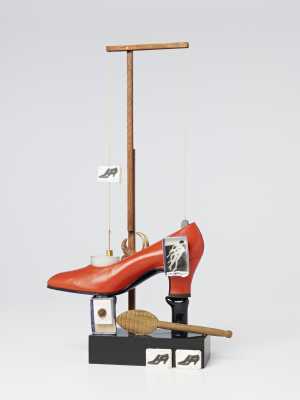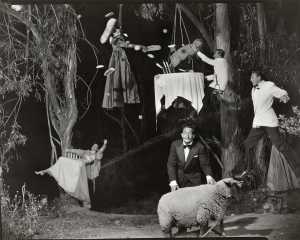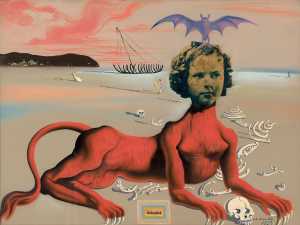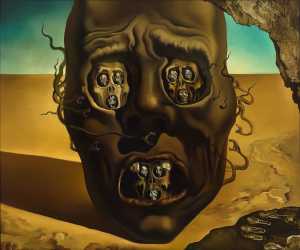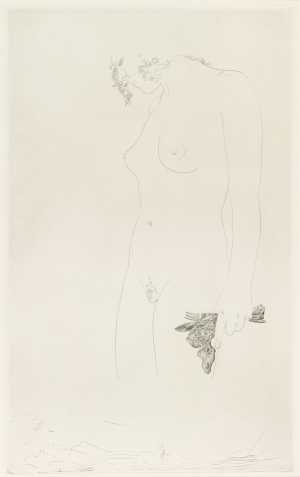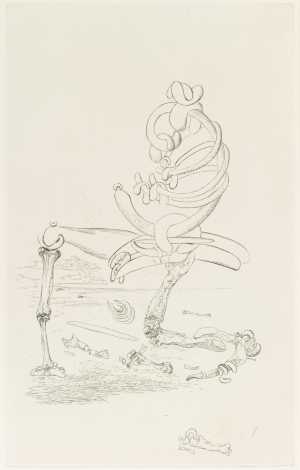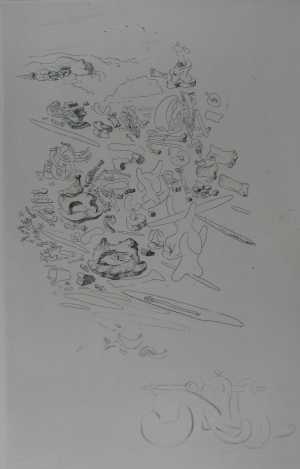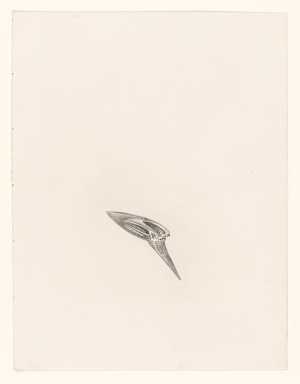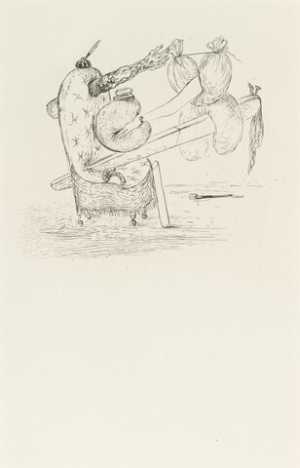Salvador Dali got to know the author André Breton - the founder of the surrealist movement - while he was studying in Madrid. In 1924, Breton wrote the first surrealist manifesto, in which Sigmund Freud's psychoanalysis played a key role. For Dali, psychoanalysis, the theory of the subconscious, and the world of dreams were his most important sources of inspiration. In 1927/28 Dali stayed in Paris, where he became part of the avant-garde. After a stay in the United States, Dali settled in Figueras in Spain, where he had been born. His most famous works are the paintings he made in the 1930s, but Dali also produced drawings, collages, photographs, films, fashion and theatre sets. In 1970, Museum Boijmans Van Beuningen organised the first major retrospective of his work. In 2005, the exhibition 'Everything Dali' featured a retrospective of Dali's work for commercial clients, theatre and film makers.
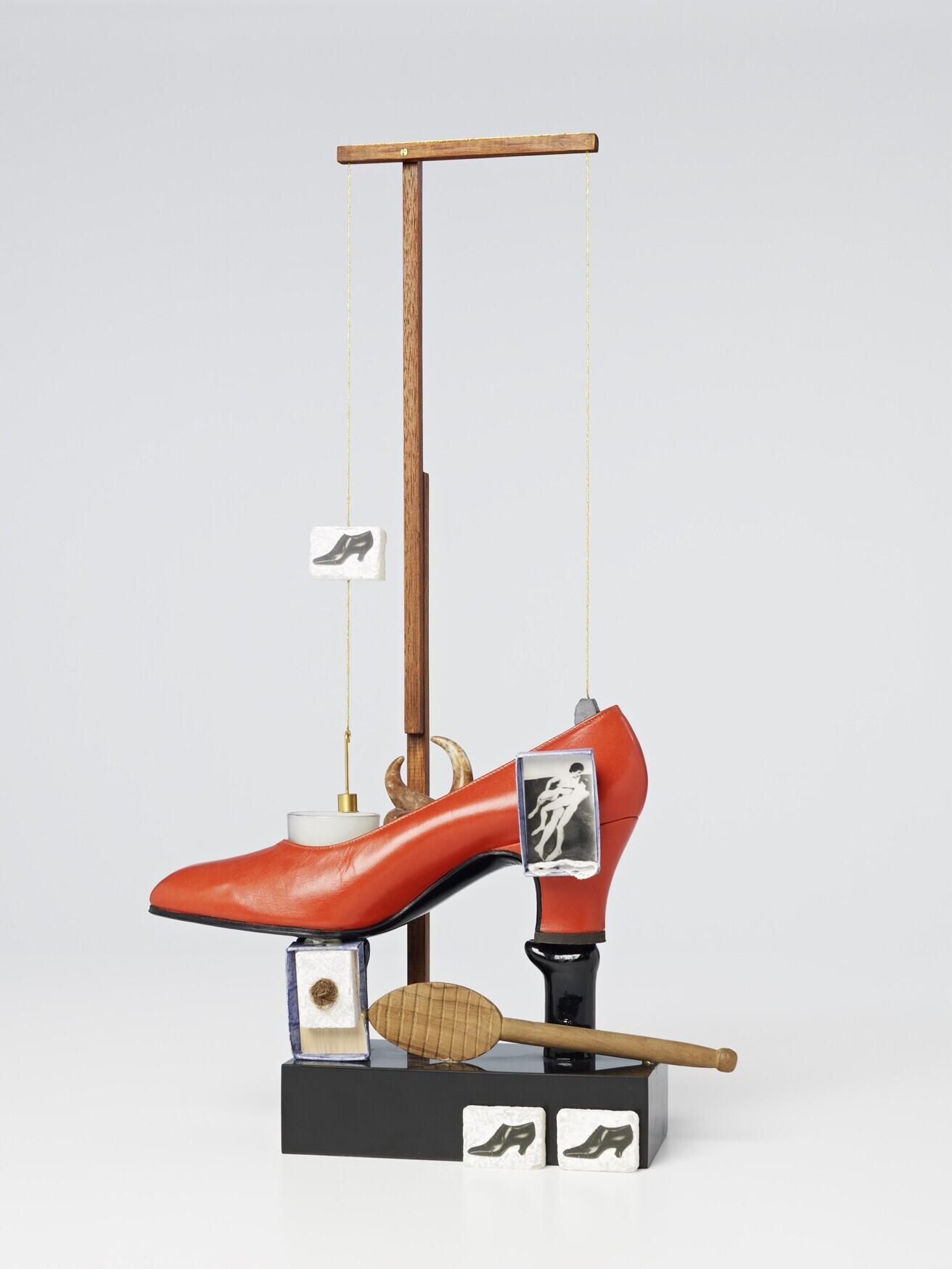
Salvador Dalí
Figueras 1904 - Figueras 1989


